Neurosurgical Pain Management
When chronic pain affects your life, the specialists at UC Davis can help. We offer compassionate neurosurgical pain management using advanced methods.
Medically reviewed by Stephano Chang, M.D. on July 10, 2025.
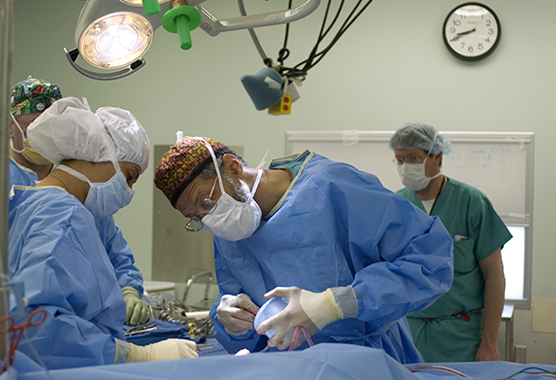
Nationally Recognized Neurosurgery Pain Management
Chronic pain affects nearly one out of four Americans. It impacts how people live, play, and work. You get novel treatment for chronic pain from understanding professionals at UC Davis Health.
We are one of the nation’s top hospitals for neurologic care, including pain neurosurgery. When lifestyle changes, medication, and therapy aren’t effective, our neurosurgeons offer you innovative options to relieve your pain. In our lab, we aim to restore function and alleviate pain after neural injury through innovative approaches in neuromodulation and neural regeneration.
Pain Management Treatment With Neurosurgery
Neurosurgeons treat chronic pain related to a variety of conditions. These often include back pain, facial pain, headache, phantom limb pain, and stroke.
We perform a range of neurology procedures to relieve pain, including minimally invasive options. Your treatment is based on the cause, location, and type of pain you have. Common treatments for chronic pain include:
Decompression Surgery
Decompression procedures relieve pressure on your nerves or spinal cord. In discectomy and laminectomy neurospine surgery, your physician removes part of your vertebra or herniated disc to ease pain. We treat facial pain called trigeminal neuralgia with microvascular decompression. Your surgeon moves blood vessels that put pressure on the trigeminal nerve in your head.
Stabilization Procedures
Discs in your spinal column that are damaged or slip out of place can cause chronic pain. Your neurosurgeon stabilizes your spine with an artificial disc or by fusing two or more vertebrae.
Lesioning Treatment
Lesioning procedures stop pain signals to your brain by destroying nerve tissue. Glycerol rhizotomy affects nerves with a chemical. Radiofrequency ablation generates heat with radio waves to damage nerves. Stereotactic radiosurgery targets nerves with beams of radiation.
Neuromodulation Implantation
Surgically implanted devices interrupt the transmission of pain with electrical impulses. Electrodes are placed in your brain, spine, or other areas of your nervous system. Our neurosurgeons perform neuromodulation procedures such as deep brain stimulation (DBS) and spinal cord stimulation.
Trigeminal Nucleus Caudalis Stimulator
A surgeon places this device near the upper spinal cord, where it sends pulses to reduce severe pain signals in the face.
Request an Appointment
As Sacramento's No. 1 hospital, you'll benefit from unique advantages in primary care and specialty care. This includes prevention, diagnosis and treatment options from experts in 150 specialties.
Referring Physicians
To refer a patient, submit an electronic referral form or call.
800-4-UCDAVIS
Patients
Call to make an appointment.
Consumer Resource Center
800-2-UCDAVIS
Neurosurgery is one step on your journey to managing chronic pain. Our team of specialists offers comprehensive care with a full spectrum of complementary pain medicine treatments. Your provider may suggest acupuncture, chiropractic services, behavioral therapy, medication, and physical therapy before and after your neurosurgery.
-

Before Surgery
You may need to have lab testing, a CT scan, an EKG, an MRI, and an X-ray before surgery. Our care coordinator will review temporary restrictions for drinking, eating, and medication. We’ll give you a time for your surgery several days before your procedure.
-
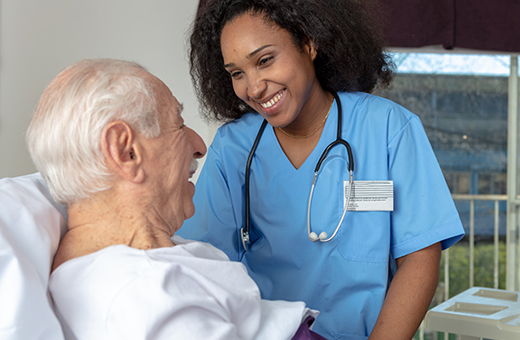
At the Hospital
Learn about your hospital visitarrow_forwardCheck in at the information desk in the main lobby. You and your support person or people will go to the surgery waiting area. Then you’ll go to pre-op, surgery, and recovery.
-
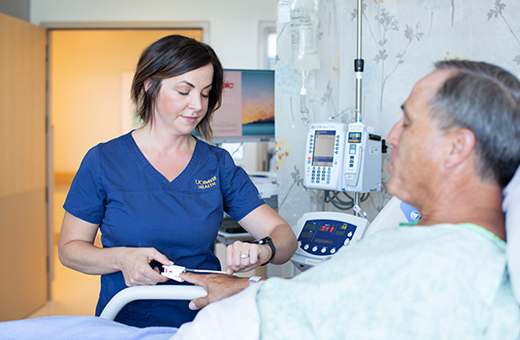
After Surgery
Learn more about your care after dischargearrow_forwardFollowing surgery, we’ll watch your recovery until you are well enough to leave the hospital. You are able to go home within a few hours after some minimally invasive procedures. For other surgeries, you may need to stay at the hospital one or more nights.
Follow-Up Care After Pain Management Treatment
It is important to follow your provider’s guidance for follow-up care. Your care coordinator will discuss appointments, lifestyle changes, and wound care with you.
Appointments and Testing
Some procedures, like DBS, need a second surgery to connect your newly implanted stimulator. You may also need more examination and testing to gauge the outcome of your treatment.
Lifestyle Changes
Eat a healthy diet and stay hydrated to help the healing process. Depending on the complexity of your procedure, you may need to temporarily limit your activity, such as bathing, driving, exercise, and work.
Wound care
You can remove your bandages as directed by your provider. Some incisions are small and will close up right away. You may have stitches for larger incisions taken out at your physician’s office a week or two after surgery.
When to Contact Your Neurosurgeon
It is common for you to experience some bruising, pain, and swelling at the treatment site. Call your surgeon right away if you experience unusual bleeding, drainage, or redness around the incision. Other concerning symptoms include confusion, dizziness, fever, headache not relieved by medication, speech changes, and weakness.
“Chronic Pain and High-Impact Pain in U.S. Adults, 2023,” Centers for Disease Control and Prevention, https://www.cdc.gov/nchs/products/databriefs/db518.htm
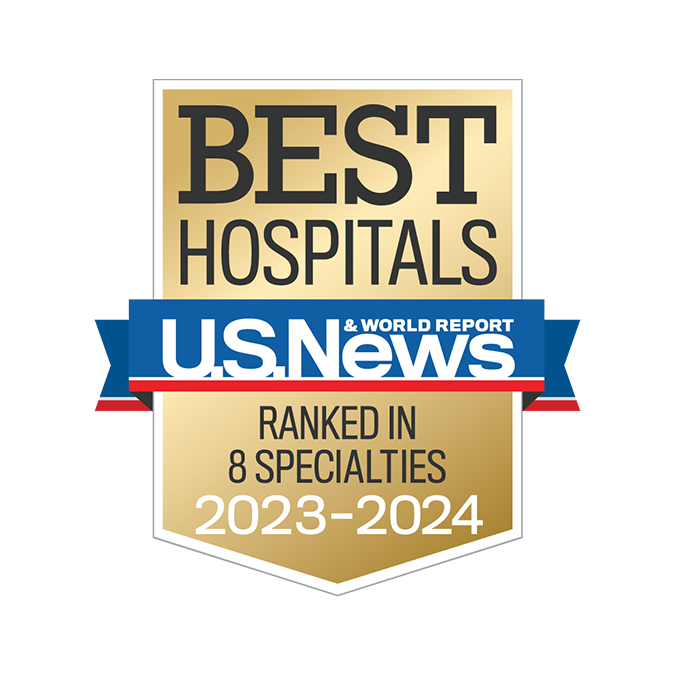
Ranked among the nation’s best hospitals
A U.S. News & World Report best hospital in cardiology, heart & vascular surgery, diabetes & endocrinology, ENT, geriatrics, neurology & neurosurgery, and pulmonology & lung surgery.
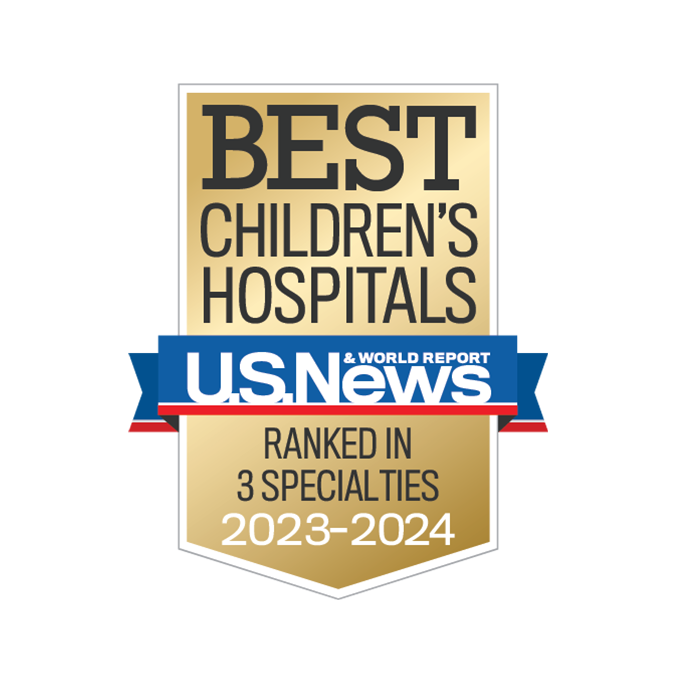
Ranked among the nation’s best children’s hospitals
U.S. News & World Report ranked UC Davis Children’s Hospital among the best in pediatric nephrology, orthopedics*, and pulmonology & lung surgery. (*Together with Shriners Children’s Northern California)

Ranked Sacramento’s #1 hospital
Ranked Sacramento’s #1 hospital by U.S. News, and high-performing in aortic valve surgery, back surgery (spinal fusion), COPD, colon cancer surgery, diabetes, gynecological cancer surgery, heart arrhythmia, heart failure, kidney failure, leukemia, lymphoma & myeloma, lung cancer surgery, pacemaker implantation, pneumonia, prostate cancer surgery, stroke, TAVR, cancer, orthopedics, gastroenterology & GI surgery, and urology.
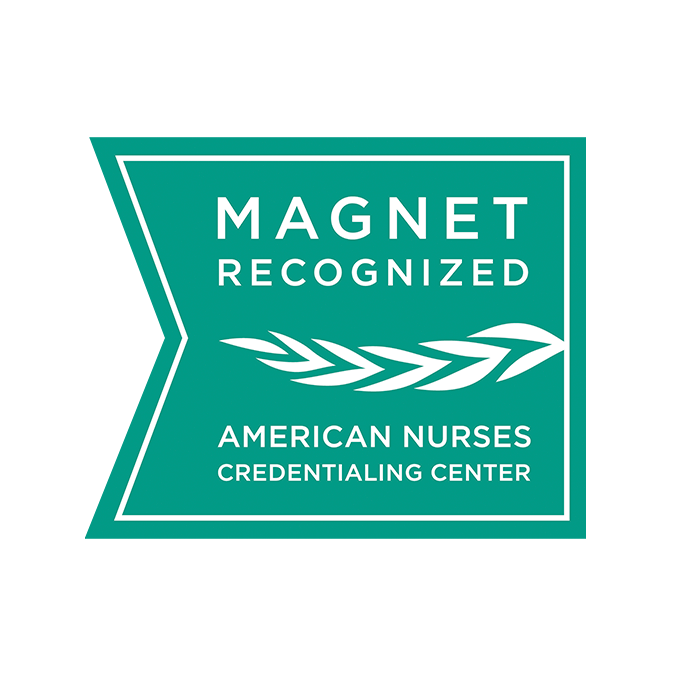
The nation’s highest nursing honor
UC Davis Medical Center has received Magnet® recognition, the nation’s highest honor for nursing excellence.
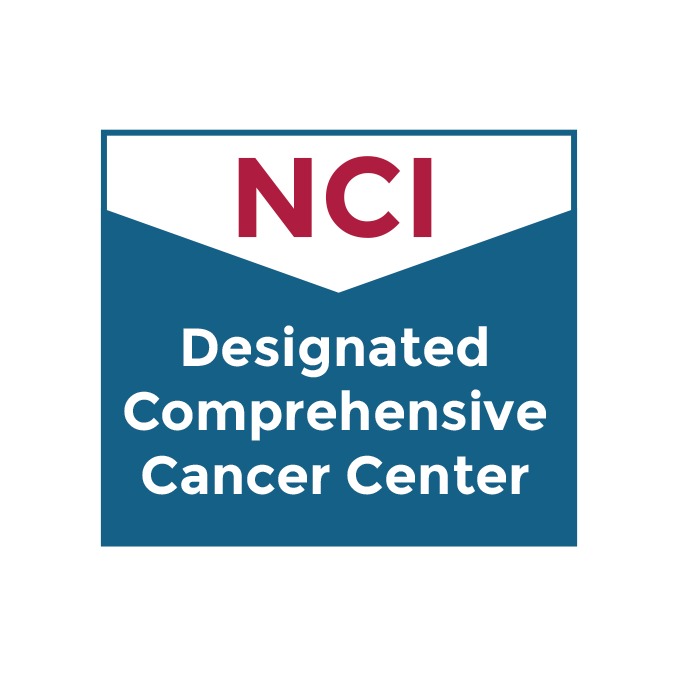
World-class cancer care
One of ~59 U.S. cancer centers designated “comprehensive” by the National Cancer Institute.
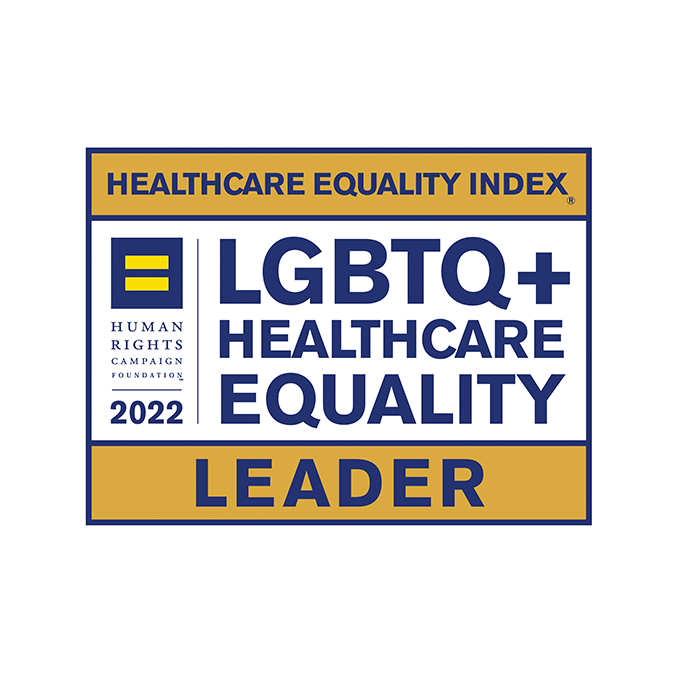
A leader in health care equality
For the 13th consecutive year, UC Davis Medical Center has been recognized as an LGBTQ+ Healthcare Equality Leader by the educational arm of America’s largest civil rights organization.

